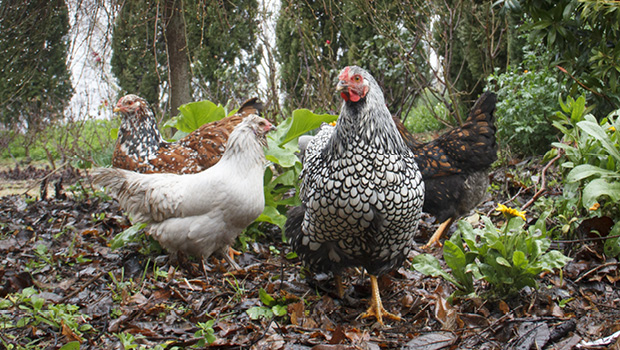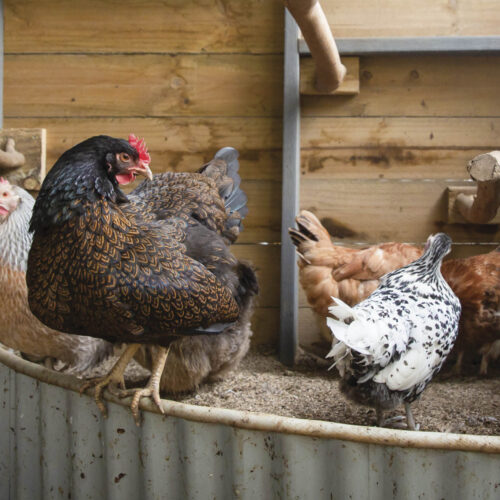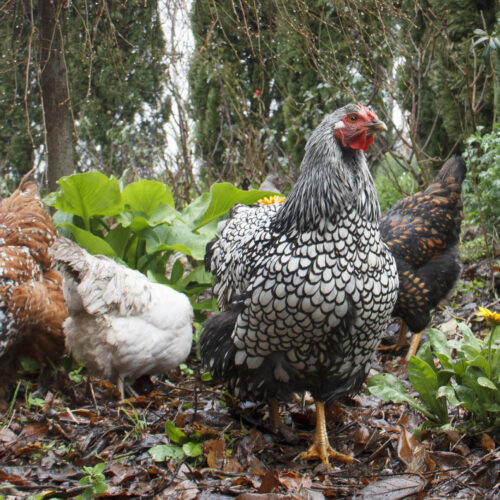The good egg on top layers
2016-10-10T02:53:24+11:00
How do you choose the best layers? JESSAMY MILLER shares her know-how, plus tips on keeping them in good health.
The most rewarding part of keeping chooks is those fresh organic eggs. However, laying performance varies widely between poultry breeds and even strains of the same breed, so when your neighbour is collecting baskets of eggs, you may only have a few. If lots of luscious googies is your goal, you’ll need to select the right fowls, and make sure management is top notch.
The layer look
It’s handy to know how to spot a top layer. Productive hens are not long beaked or pointed faced, their head is neat and in proportion. They have a classic slim body shape. Bloomers are out; birds with abundant fluff on the thighs and abdomen are not as productive as close-feathered birds.
Top performers have a filled-out cherry red comb; a pale dry one indicates a non-layer. At the business end, the hen should have a wide moist vent, breadth in the undercarriage, and wide-set legs.
Laying is taxing, so a layer’s feathers will look worn rather than lustrous, and she won’t be carrying any extra weight. Birds with white earlobes are less prone to going broody than those with red earlobes, leaving more time for laying.
The ideal flock
How many hens will you need to keep the family in curried egg sangas? Around four to five purebreds would supply a family of four with eggs from spring to autumn, with lay likely to drop off in winter. Note that the younger hens in the flock will lay more often.
Top purebred layers
Australian Langshans
Anconcas
Blck leghorns
New Hampshires
Dorkings
Eggs for setting
If you are able to keep a rooster, you may wish to set your eggs and hatch chicks as part of a sustainable self-replacing flock. To collect eggs for setting, remove them from the nest as they are laid and store them until you have a clutch to put under your broody hen or in the incubator. A clutch is as many as the broody can comfortably cover, usually eight to 12 eggs.
Latest research has found that setting eggs are best stored in the carton pointed end up, but placed pointed end down once in the incubator.
Eggs stored for up to seven days still hatch well. If leaving them any longer, wrap the carton in a plastic bag to reduce moisture loss, and expect lower hatchability.
Setting eggs should be kept in a cool dark place, between 8 °C and 25 °C. Elevate one side of the egg carton 45 degrees on some books and alternate with the opposite side twice daily so the yolk does not stick. Once you have a full clutch, place the eggs under the hen at night or in the incubator.
For more on top layers, including tips to encourage egg lay and buying purebred vs commerical hybrids, get your copy of ABC Organic Gardener October 2016 now!






